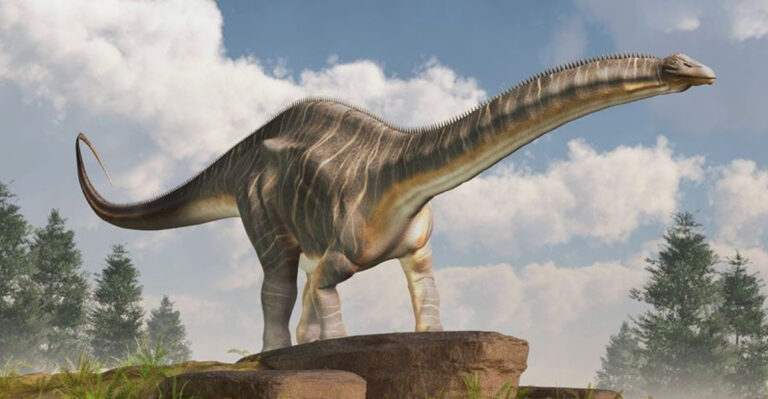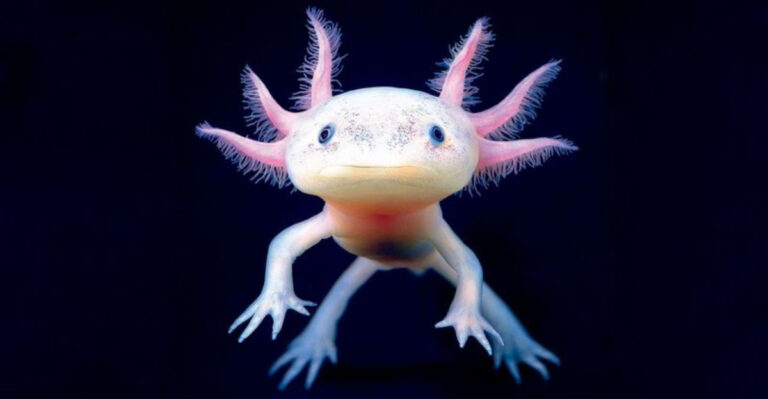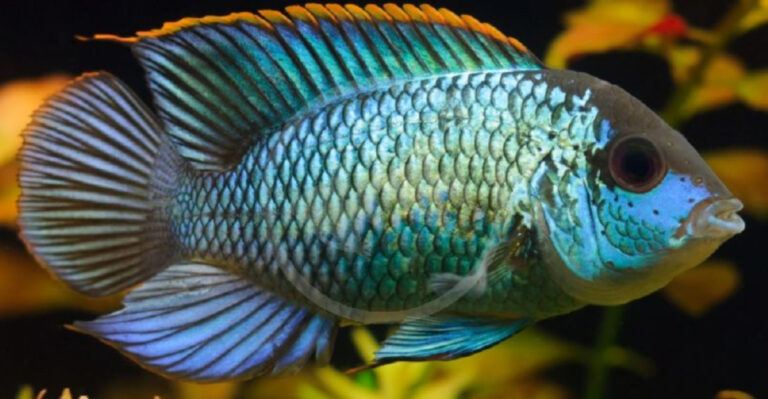10 Fascinating Facts About Crocodiles (And 4 Myths You Can Ignore)
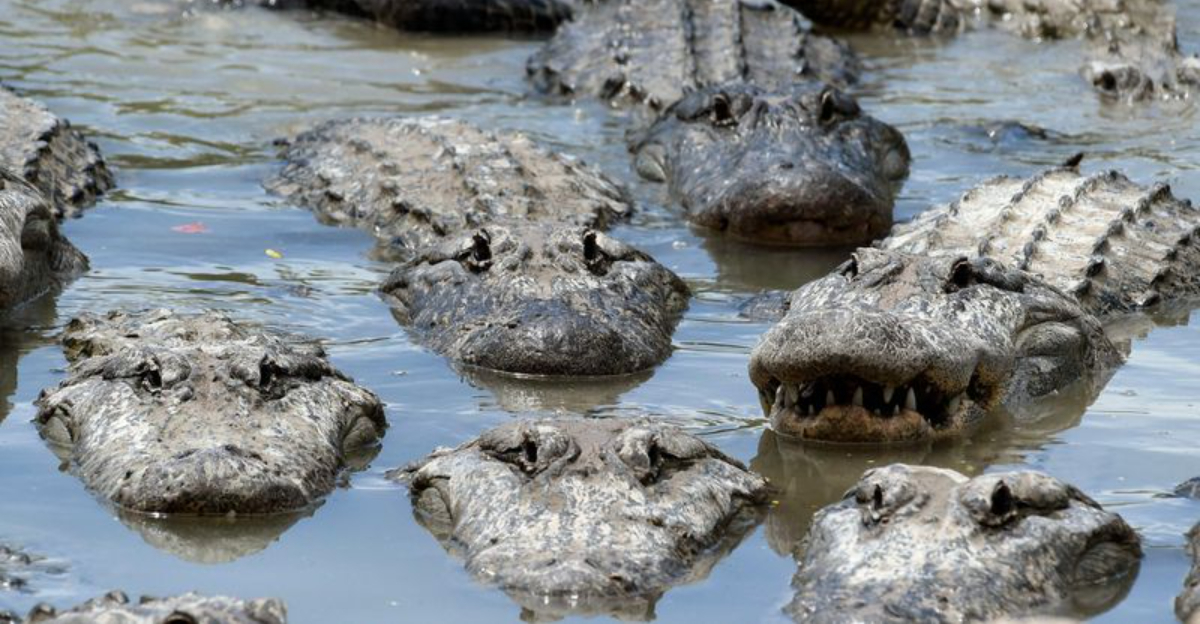
Ever wondered what makes those toothy reptiles so special? Crocodiles have roamed our planet for over 200 million years, outlasting the dinosaurs and evolving into perfect predators.
Beyond their fearsome reputation lurks a world of surprising abilities and behaviors that most people never hear about.
1. Crocodile Tears Are Actually Real
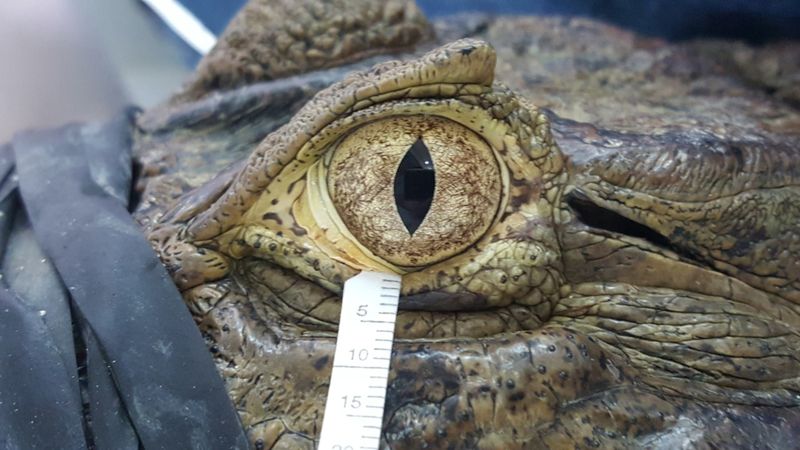
When munching on their meals, crocodiles often shed tears. This isn’t from remorse over their prey! Their eyes water while they eat because they huff and puff air through sinuses connected to their tear ducts.
This natural phenomenon gave rise to the famous phrase “crocodile tears” to describe fake sympathy. Scientists believe this tearing might actually lubricate the eyes during feeding.
2. Their Jaws Can Crush With 3,700 PSI
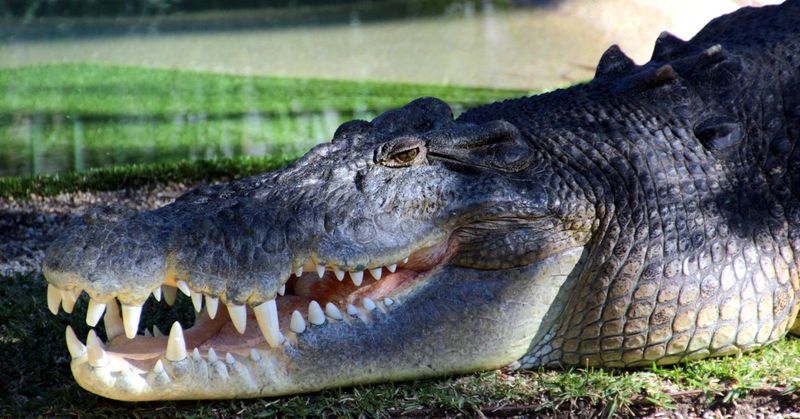
Snap! A crocodile’s bite force measures around 3,700 pounds per square inch, making it the strongest bite of any animal alive today. For comparison, that’s more than three times stronger than a lion’s chomp.
While their bite-down power is legendary, the muscles that open their jaws are surprisingly weak. A simple rubber band or duct tape can keep a croc’s mouth firmly shut.
3. Mothers Are Surprisingly Gentle
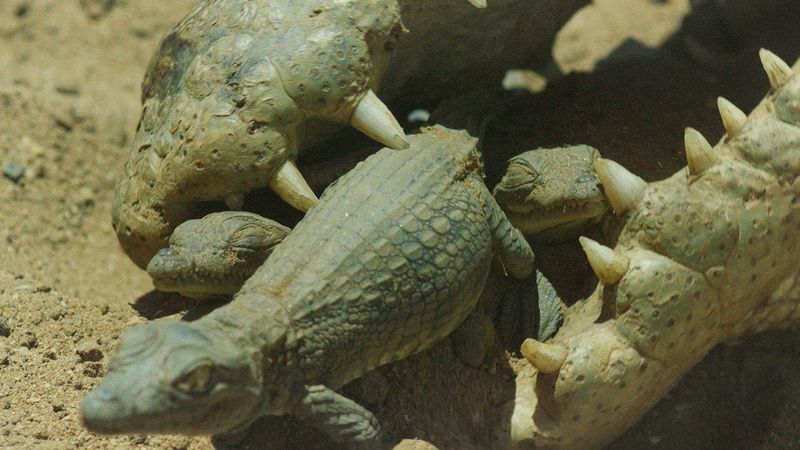
Despite their fierce reputation, mama crocs show remarkable tenderness toward their babies. After carefully guarding their nests for months, they gently carry hatchlings to water in their fearsome jaws—the same jaws that can crush bones effortlessly.
Some mothers will even respond to their babies’ distress calls from inside unhatched eggs! This protective behavior continues for several months after hatching.
4. They Have Built-In Sunscreen
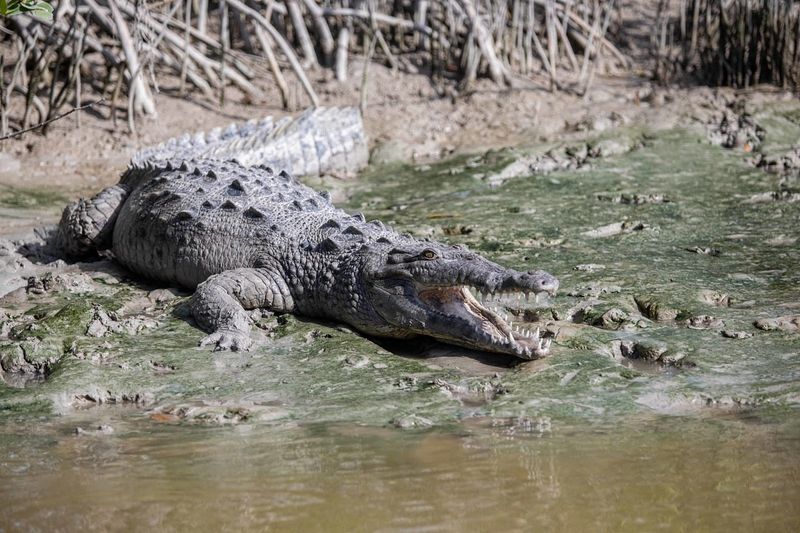
Sunbathing for hours without sunburn? Crocodiles have that covered! Their blood contains the compound hemoglobin, which creates a red pigment that acts as natural sunscreen when it reaches their skin.
This biological sunblock helps protect them during long periods of basking. Some scientists are studying this mechanism hoping to develop better sun protection products for humans someday.
5. Ancient Egyptians Worshipped Them
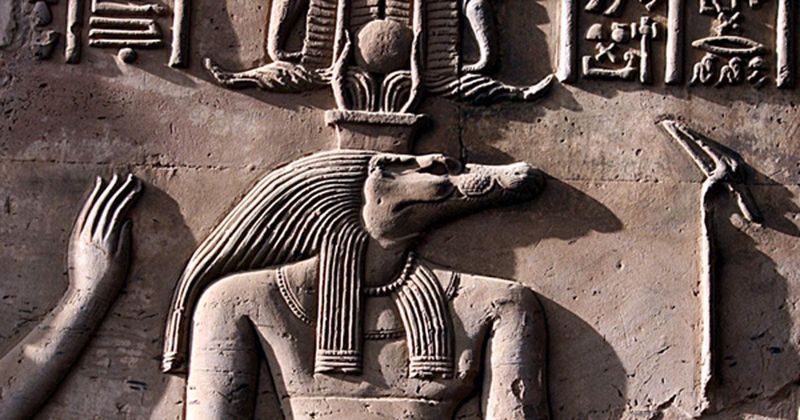
Meet Sobek, the ancient Egyptian crocodile god who represented pharaonic power and fertility. Entire temples were dedicated to him, complete with sacred lakes housing live crocodiles adorned with gold jewelry and precious gems.
Mummified crocodiles have been discovered by archaeologists in Egyptian tombs. The city of Crocodilopolis became a major pilgrimage site where visitors would feed honey cakes to the sacred reptiles.
6. They Have The Most Advanced Hearts In The Reptile World
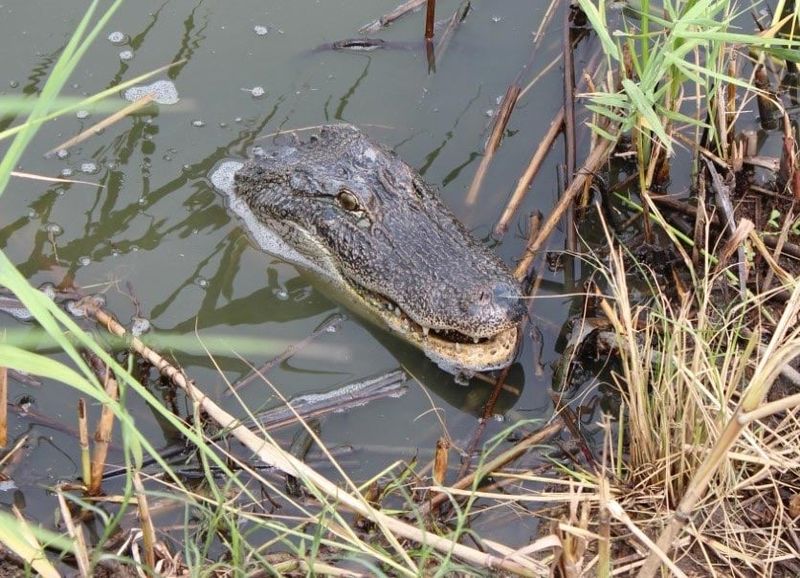
Forget cold-blooded simplicity! Crocodiles possess a four-chambered heart similar to mammals and birds—unique among reptiles. This advanced cardiac system allows them to stay underwater for extended periods by redirecting blood flow.
When diving, special valves in their hearts close, sending oxygen-rich blood to vital organs while the rest of the body switches to anaerobic metabolism. This cardiac sophistication hints at their evolutionary relationship to dinosaurs and birds.
7. They Can Gallop Like Horses
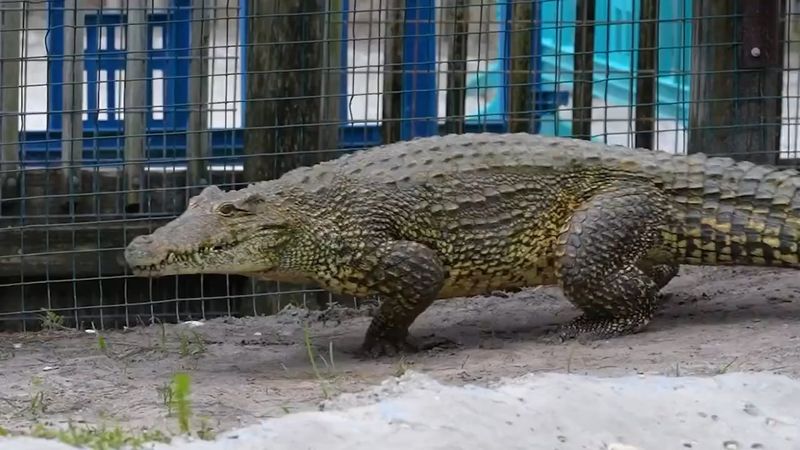
Running from a crocodile? Better be quick! Certain species can “gallop” at speeds up to 11 mph on land. This peculiar high-speed movement looks like an awkward horse gallop, with all four legs leaving the ground simultaneously.
Not all crocodilians can perform this feat—only certain species like the Australian freshwater crocodile. Most others are limited to the “belly crawl” or “high walk” that we typically associate with these reptiles.
8. They Use Tools For Hunting
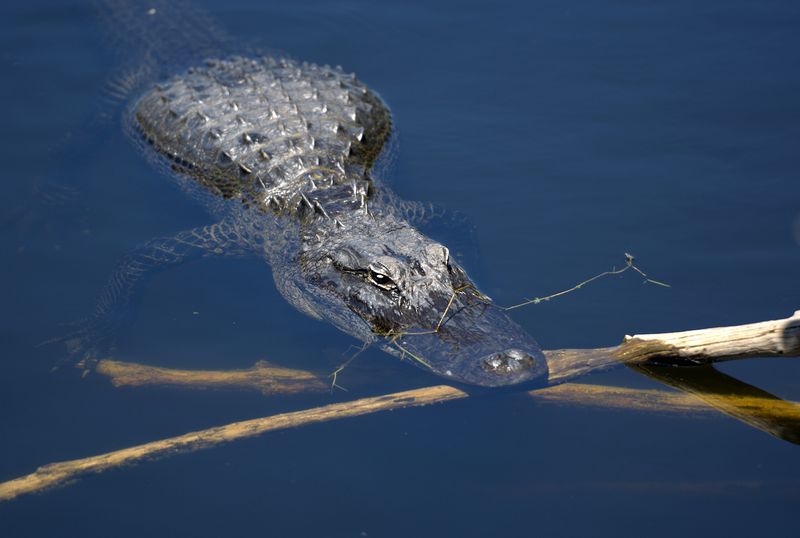
Who says only primates use tools? Crocodiles have been observed balancing sticks on their snouts to lure birds looking for nesting materials. When the unsuspecting birds come close—snap!
This crafty behavior has been documented during bird nesting seasons. The crocodiles specifically position themselves beneath rookeries and display the sticks as bait. This sophisticated hunting strategy shows intelligence far beyond what most people credit these ancient reptiles with.
9. They Can Live Without Food For A Year
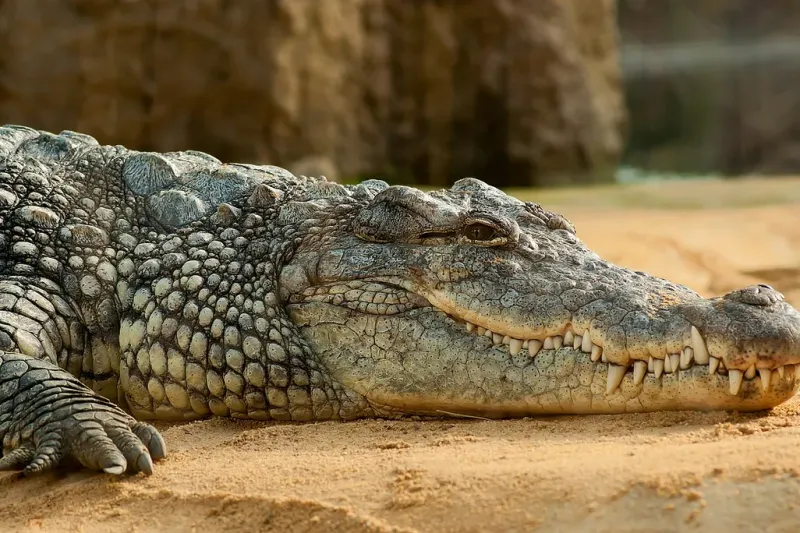
Talk about extreme fasting! A crocodile’s metabolism adjusts so efficiently that it can survive up to a year without a meal after a big feast. Their digestive system extracts maximum nutrition from each bite.
This remarkable adaptation helps them survive through drought or food scarcity. Their bodies store fat effectively and slow down all non-essential functions. Even their stomach acid becomes concentrated during fasting periods to maximize digestion when food finally arrives.
10. Their Sex Is Determined By Temperature
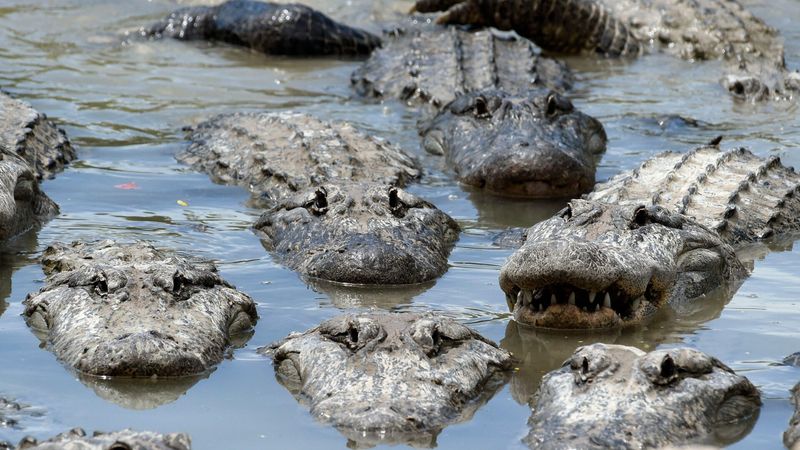
Boy or girl? For crocodiles, it’s all about the heat! The temperature of the nest during a specific period of embryo development determines the gender of the hatchlings—no sex chromosomes involved.
Warmer nests (above 93°F) produce males, while cooler nests (below 86°F) yield females. This temperature-dependent sex determination makes crocodile populations potentially vulnerable to climate change, as warming temperatures could skew the natural gender balance.
11. Crocodiles Can’t Move Quickly On Land
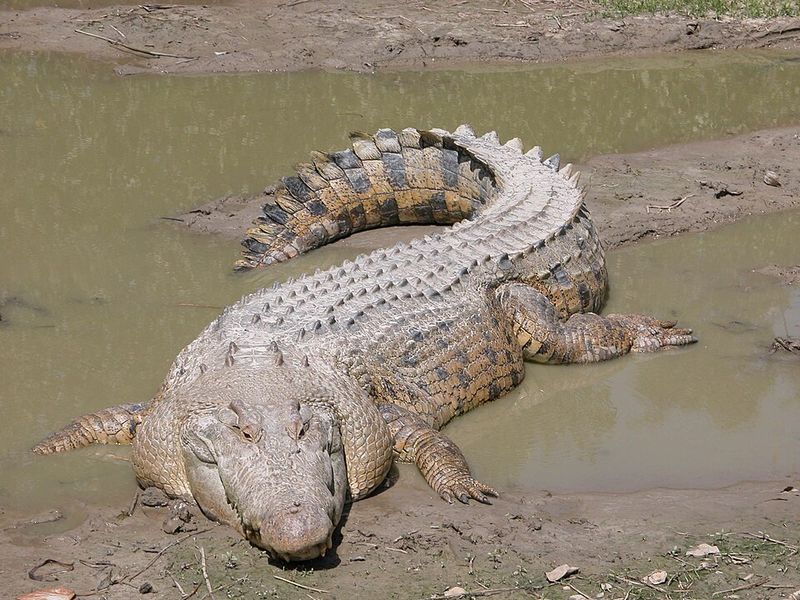
Many people believe they’re safe if they can outrun a crocodile on land. Big mistake! While they appear sluggish when basking, crocodiles can launch into explosive bursts of speed, reaching up to 20 mph over short distances.
Their powerful tails propel them forward with surprising agility. The dangerous “zone of attack” extends much further from the water’s edge than most people realize. Never underestimate their mobility—it’s a potentially fatal misconception.
12. Crocodiles And Alligators Are The Same
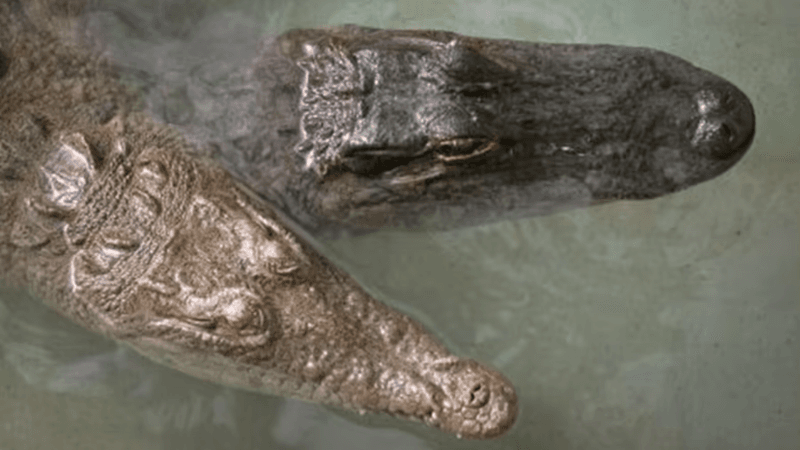
Spot the difference! Despite their similar appearance, crocodiles and alligators belong to different biological families with distinct features. Crocodiles typically have V-shaped snouts and visible lower teeth even when their mouths are closed.
Alligators sport broader, U-shaped snouts with lower teeth that remain hidden when their mouths shut. Crocodiles generally prefer saltwater environments, while alligators favor freshwater. Their geographic distributions also differ significantly, with true crocodiles having a more global presence.
13. Crocodiles Are Mindless Killers
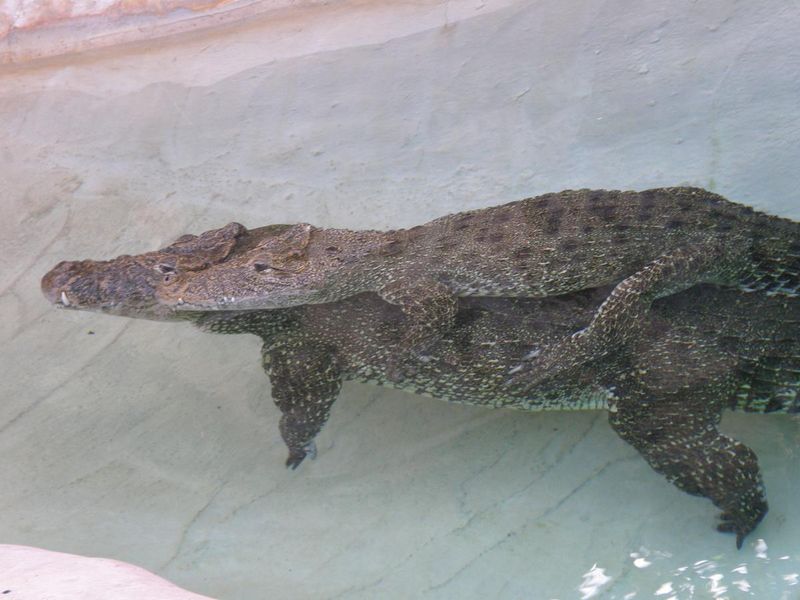
Far from being mindless eating machines, crocodiles display complex social behaviors and surprising intelligence. They form hierarchies, use cooperative hunting tactics, and even engage in play behavior—pushing floating objects or giving smaller crocs rides on their backs.
Studies show they can learn tasks as quickly as mammals in some contexts. They recognize individual humans and other crocodiles, remembering encounters for years. Their brain-to-body size ratio is actually comparable to early mammals.
14. Crocodiles Don’t Care For Their Young
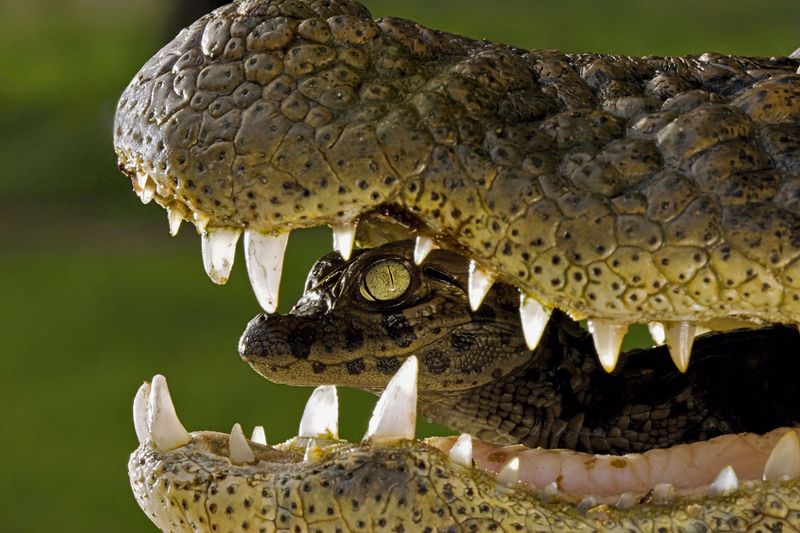
Hollywood portrays crocs as terrible parents, but reality tells a different story. Both mother and father crocodiles exhibit remarkable parenting skills, guarding nests vigilantly for months against predators.
After hatching, parents respond to their babies’ distress calls and may protect them for up to two years. Some species even create nursery areas where multiple adults watch over groups of juveniles. This level of parental care is exceptional among reptiles.


